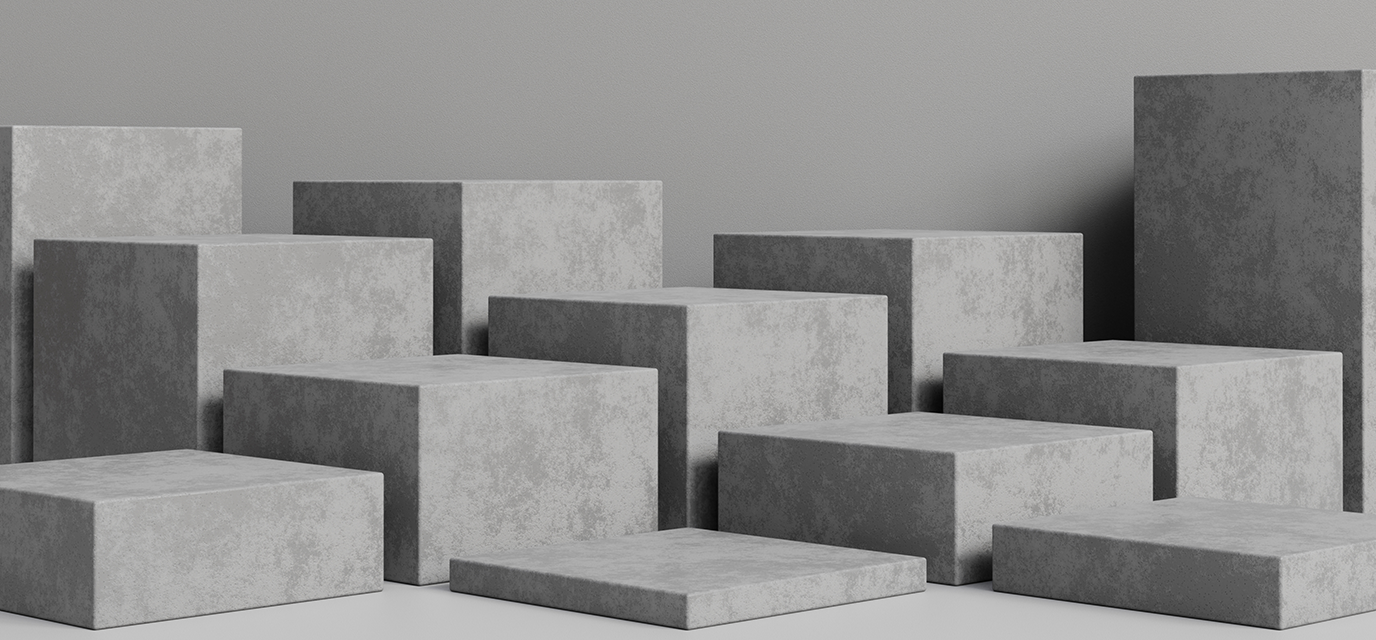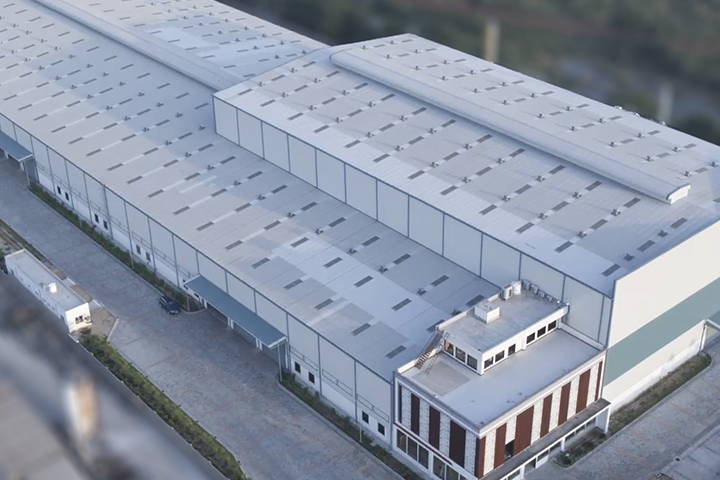Autoclaved Aerated Concrete (AAC) blocks have emerged as a sustainable alternative in the construction industry, offering significant environmental benefits, particularly in reducing the carbon footprint of building projects.
Lower Embodied Carbon
The production of AAC blocks involves less energy compared to traditional building materials like clay bricks and concrete. This reduced energy consumption leads to lower greenhouse gas emissions during manufacturing. For instance, the carbon footprint per square foot for AAC blocks is approximately 2.13 kg of CO₂, whereas clay bricks and concrete walls emit about 17.6 kg and 14 kg of CO₂ per square foot, respectively.
Utilization of Recycled Materials
AAC blocks are often produced using industrial by-products such as fly ash, which not only minimizes waste but also reduces the demand for virgin materials. This practice supports the principles of a circular economy and further diminishes the environmental impact of construction activities.
Enhanced Energy Efficiency
The cellular structure of AAC blocks provides excellent thermal insulation, reducing the need for artificial heating and cooling within buildings. This inherent property leads to significant energy savings over the building's lifecycle, thereby decreasing operational carbon emissions.
Lightweight Nature Reduces Transportation Emissions
AAC blocks are lighter than traditional masonry materials, allowing for more efficient transportation. A single truck can carry a larger volume of AAC blocks compared to conventional bricks, resulting in fewer trips and, consequently, lower transportation-related carbon emissions.
Eco-Friendly Manufacturing Processes
Manufacturers of AAC blocks are adopting sustainable practices to further lessen their environmental impact. These include installing solar rooftop facilities to harness renewable energy, recycling water used during production, and optimizing manufacturing techniques to minimize waste.
The adoption of AAC blocks in construction projects offers a multifaceted approach to reducing carbon footprints. Their production and use not only lower greenhouse gas emissions but also promote energy efficiency and sustainable resource utilization, making them a compelling choice for eco-conscious builders and developers.


